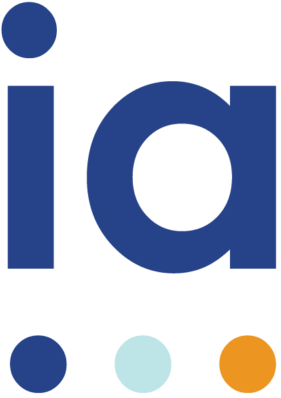Provider Selection
Providers. Employers. Advisors. It’s safe to say that we all hate RFPs. They are imperfect by virtue of applying a transactional mechanism toward a transformational moment. That’s why several years ago, IA advocated for a different approach that drives connection – not a brick wall – between our employer clients and their potential providers.
If you think about it, an RFP is a hypothesis, and the goal is to validate how a variety of potential providers could bring that vision to life. You deserve to work with a provider who will not only deliver on the requirements for your selection but will be a strong partner in the long term. That means working with someone who understands your goals and can help you achieve them within the context of your culture and strategic vision.
As you contemplate a selection and begin planning your RFP, it’s important to consider your role in the success of your selection. We say we all want strategic partnerships, but achieving one requires you to be:
Optimized: One of the biggest mistakes we see organizations make is assuming any issues they’re facing can be solved with technology alone. Once you’ve decided you want to move to RFP, it’s a good idea to go through process optimization, conducting a current state analysis and designing the ideal future state. This provides you with the necessary point of view to take into the RFP and will help ensure you don’t try to recreate broken processes in a new system.
Forensic: We are big fans of providing a lot of information to providers to help them understand your organization. Share everything you can about the opportunity with the providers. This can include SOP documentation, policies, strategies, process diagrams, workbooks, etc. Consider keeping Q&A open the entire RFP lifecycle to allow the providers to gain much needed clarification on your requirements. Leave no stone unturned and help remove assumptions wherever possible.
Bespoke: Everyone loves filling out the 800+ cut-and-paste requirements questions, right? While there is value in documenting the features and functionality of a solution, you need to understand how the provider can meet your needs. That’s why we use high-value use cases, based on real-world situations your organization faces, to drive the RFP response. You want to know the provider understands your pain points and will be a partner to help you alleviate challenges and build for the future.
Connected: Our facilitated selection process creates moments for all parties to engage. The RFP is the beginning of a vital partnership between you and the provider, so it’s important to take the time to get to know each other, starting with pre-RFP briefings with up to 5 providers. Because we are fiercely independent, we combine an unbiased perspective with our deep knowledge of you to invite the right mix of providers to talk to. These meetings help you understand their offering and determine whether you want to move them forward. With the 3-4 providers you want to invite to the RFP, we strongly recommend full or multi-day interactive workshops in the middle of the RFP response period. The workshop presents an opportunity for the providers to demonstrate how their solution solves your use cases, and for both you and the providers to evaluate interpersonal fit, cultural alignment, and need for deep dives into the solution.
Transparent: We believe in being as transparent as possible throughout the facilitated selection, giving invited providers a thorough overview of the process, of your requirements, and who you are as an organization. We provide constructive feedback to those who were eliminated so they can improve for the future, and offer guidance to all who are competing so they can show their best.
We could write a novel on how to this better, but that’s the point. Too many are expecting different outcomes but using the same process that has been around for decades. We challenge everyone involved to embrace a new way of approaching RFPs to ensure that you end up with a sustainable, long-term partner for success. Every year we ask ourselves how to change and improve our approach, and we ask that everyone does the same. We all deserve a better way.






